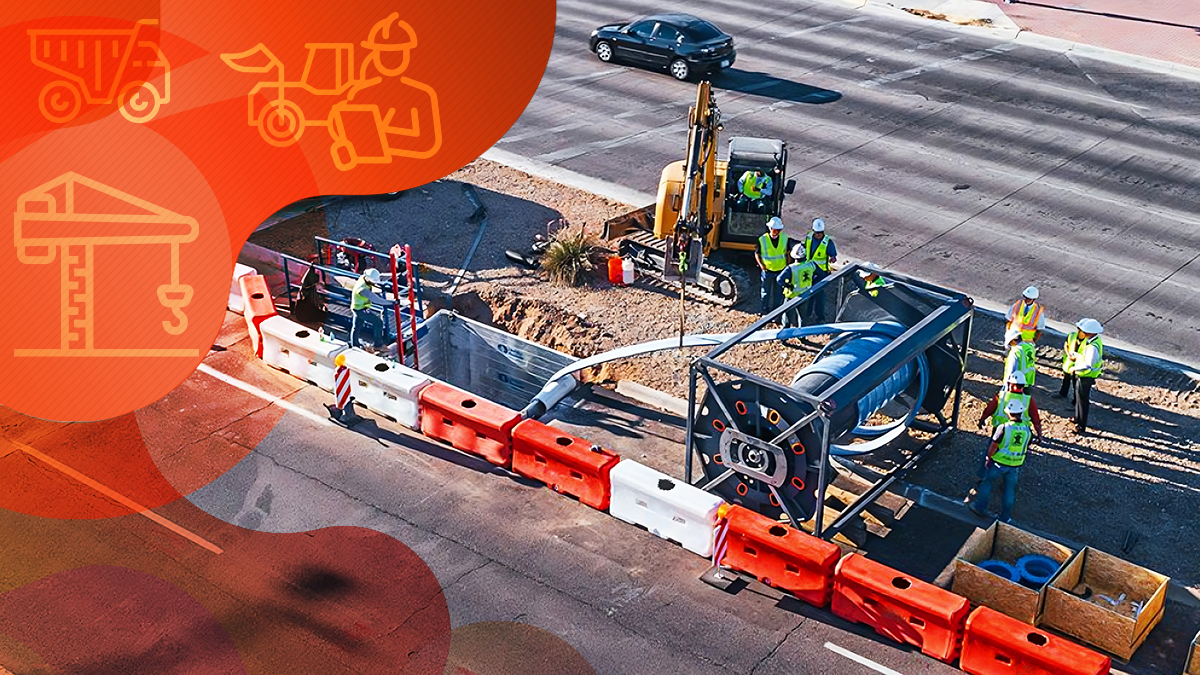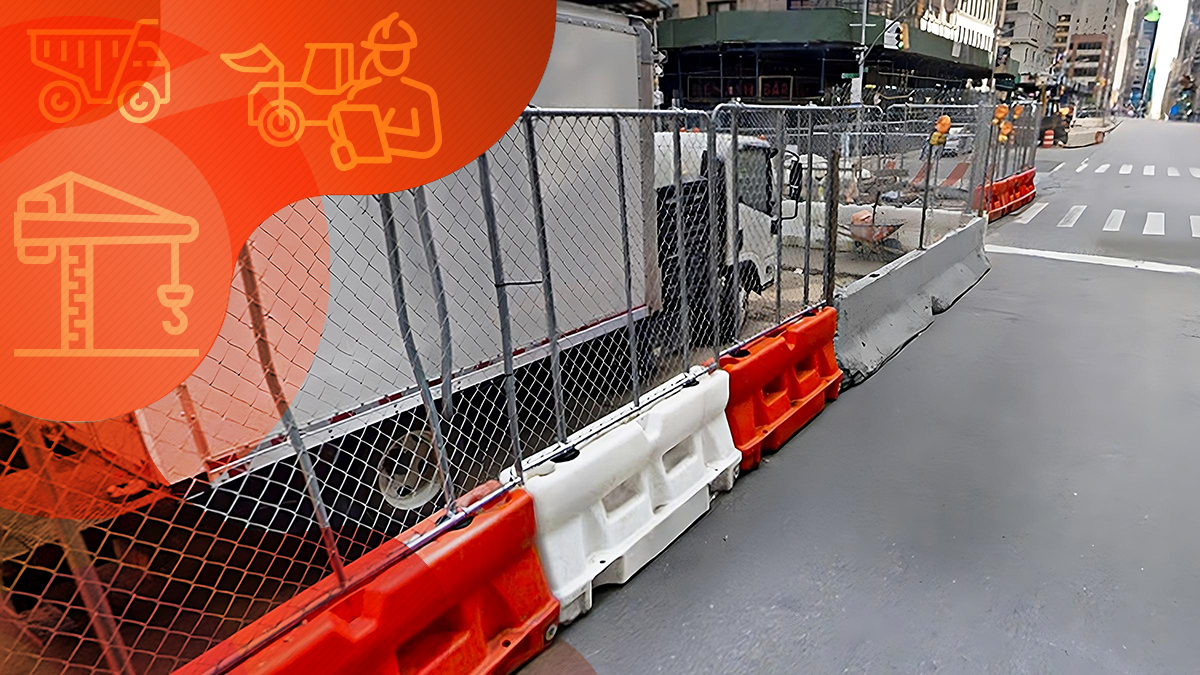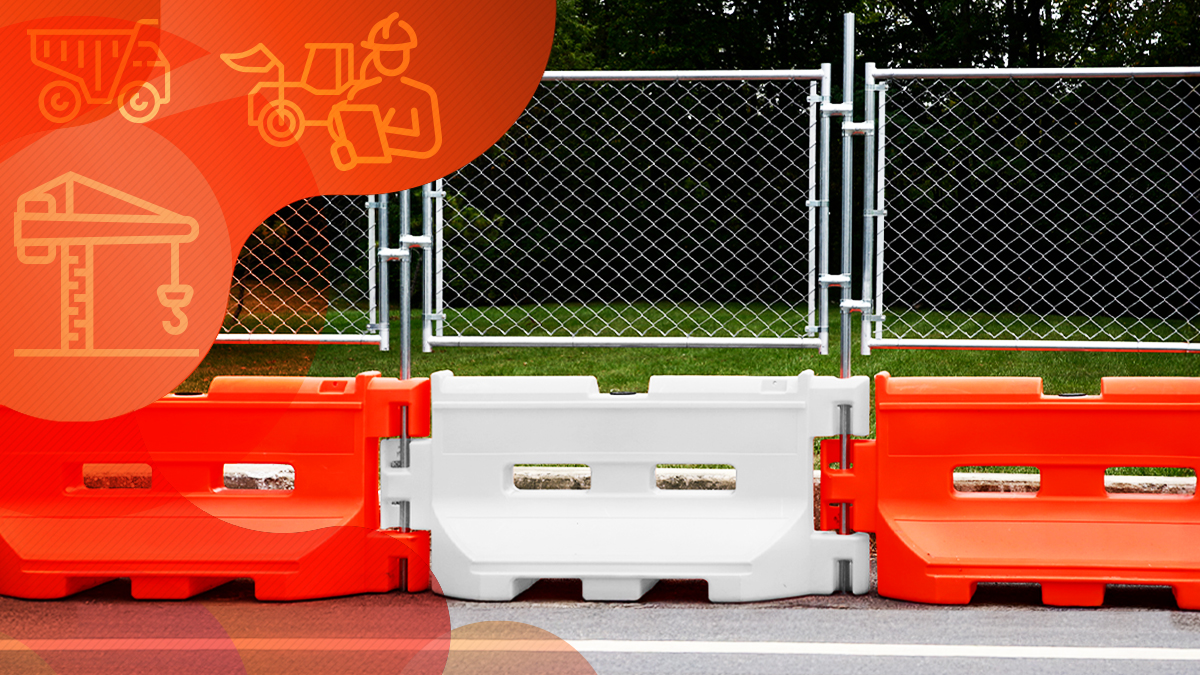The Impact of Sand Shortages on the Construction Industry
The world isn't running out of sand. It is running out of construction sand. The construction industry uses more than three times the amount of sand the planet can produce. Read on to understand the impact of this shortage and how we can build smarter, not harder.

If you are wondering, 'what sand shortage?', you are not alone. The rapidly depleting sand supply issue only came to the world's attentions in 2019 when the United Nations Environmental Program (UNEP) published its report. In 2022, the group made ten recommendations to avert a sand shortage and create a circular economy for sand. Many of these have yet to be put in place.
The world isn't running out of sand. It is running out of construction sand. Desert sand, for example, is not usable in construction as its grains are too smooth to adhere to other materials. Sand created through water and rock interactions makes for rougher grains that hold together when mixed with other components.
Who's Using Construction Sand?
The construction industry is the primary user of industrial sand. It is used in building materials such as concrete and asphalt. Sand is also used in glass and fiberglass manufacturing.
Everything from smartphone screens to glass bottles uses sand. Sand is even used in toothpaste!
How Much Sand is Being Used?
Sand is the second-most consumed resource after water. However, no-one is properly tracking sand usage on a global scale, making it difficult to forecast when the world might run out of usable sand.
What scientists do know is that sand consumption is increasing at a rate of 6% per year. Researchers agree that the this is unsustainable and will lead to an eventual global sand shortage.
Construction sand comes from the weathering of rocks by rivers and glaciers, which occurs at a rate of 12.6 billion tons per year. It's estimated that the world uses over three times that amount per year. Hence, our current sand crisis.


What Are the Impacts of Sand Shortages?
Sand has become a "conflict mineral" like diamonds. Countries have land disputes, companies pursue unethical practices, and the criminal element encroaches. Businesses mine the ocean floor for usable sand. They remove sand that protects islands and mitigates flooding.
Black Market Sand
We are depleting the construction sand supply faster than the earth can replenish it. The scarcity has created a black market, where the criminal element takes over the mining or exacts payment for mining to continue. Sometimes, the conflict erupts into violence.
Rising Cost
The most widespread impact of a sand shortage is the rising cost of construction materials. According to the Gordian, which monitors changes in construction costs, the cost of concrete continues to rise as demand remains steady and supply weakens.
According to analysts, the price of construction sand, gravel, and crushed stone has risen 8.4% year on year since 2020, for a total price increase of nearly 30%.
Inferior Construction
In countries without regulations, builders may use less sand when creating concrete blocks. As a result, the buildings lack structural integrity, resulting in collapse. Weaker blocks also break easily and are often patched for reuse. The sand crisis therefore puts the lives of people living in poorly-constructed buildings at a risk.
Construction Industry Solutions for Sand Shortage
Given its heavy reliance on sand-based materials, the construction industry can have a significant impact on sand usage. The industry could work to reuse more sand-based materials, and architects could reduce the amount of concrete used to build structures.
Sustainable Building Practices
In conjunction with local and regional governments, builders could eliminate unnecessary building projects and speculative construction. They could make better design decisions. For example, the Burj Khalifa skyscraper in Dubai, United Arab Emirates, is the tallest building in the world. However, the architect's design left 29% of the structure uninhabitable.


Less Sand Use
Although reducing the use of construction sand will require a worldwide effort, individual companies can do their part by using fewer sand-based materials and recycling more of those they use. For example, construction sites often use sandbags as stabilizers for their perimeter fencing.
Depending on the site's size, hundreds of sandbags may be required to secure the fence line. Unfortunately, sandbags and their contents can be contaminated, making recycling environmentally unsafe. Flooding or water main breaks can compromise the sandbags. If oil or fuel spills onto the ground, it can be absorbed by the sandbag, making the sand unusable.
Rather than looking for ways to reuse sand, why not look for a more sustainable alternative?
Sustainable Alternative to Sandbags
Sandbags are often used to weigh down temporary fencing to maintain stability. If not weighted down, the structural integrity of temporary fencing can be compromised, causing accidents, injuries, or property damage.
Instead of using sandbags, you could opt for Anchor Weights and Anchor Blocks, a more sustainable alternative.
Find Reusable Products
SONCO's Anchor Weight is designed as a sustainable alternative to standard sandbags. It's made from recycled plastic with high visibility detailing for added safety.
The Anchor Weight design ensures consistent stability along the perimeter. Dislodged sandbags can weaken individual panels, making the entire fencing unstable. Compromising the integrity of temporary fencing can lead to injuries and potential legal action.
Beyond the environmental impact of sand mining, sandbags can add to growing waste disposal challenges. Sandbags are made from burlap or woven polypropylene. Burlap fibers can rot when exposed to the elements, reducing their usable lifespan.
Ultraviolet light weakens polypropylene, so long-term exposure increases the deterioration rate. Because it is not biodegradable, polypropylene remains in landfills.
Because of these environmental factors, sandbags are often not reusable. SONCO's Anchor Weights are designed to last. On average, one weight can replace over ten sandbags.


Sustainable Alternative to Concrete Blocks
Concrete blocks are made from portland cement, sand, and water, with sand being the primary component. While blocks may use less sand than sandbags, they still contribute to the current sand crisis.
As the construction industry explores ways to decrease or eliminate the use of sand in concrete, contractors can initiate conservation efforts by avoiding the waste of using concrete blocks to stabilize temporary fencing.
The longer concrete blocks are exposed to environmental conditions such as rain, flooding, and pollutants, the more likely they are to weaken and break. Cracks in the concrete can be an early indicator of structural failure. When used as fencing stabilizers, compromised blocks can result in tipped or sagging panels.
SONCO's Anchor Blocks are made from recycled plastic with high-visibility details and are built to withstand harsh weather conditions. They do not erode or break, compromising the stability of your temporary fencing.
On average, one Anchor Block is the equivalent of 20 concrete blocks, significantly reducing the use of sand-based materials.
SONCO's Anchor Base Family
SONCO's family of Anchor Bases not only reduces sand usage but also contributes to the circular economy by using recycled plastics. The sustainable alternative can help the construction industry lower its carbon footprint and improve its environmental rating on the world stage.
Given their long-term durability, the Anchor Weight and Block fence bases have a stronger return on investment (ROI) than sandbags and concrete blocks. Lower replacement and repair costs make the Anchor Base Family a cost-effective and environmentally conscious choice for stabilizing temporary fencing.
To learn more about SONCO's sustainable alternatives, check out our detailed guide on the best fence bases for construction zones!
Trend now

Reducing Impact Damage with Water-Filled Plastic Jersey Barriers
Understanding the effects of barrier materials on vehicles and their occupants can help improve road safety.

Choosing Between Concrete or Plastic Jersey Barriers
Not all barriers are built the same. Here’s what to know before choosing between plastic and concrete.

Advantages of Water Barriers with Fence Toppers
Learn how a fence topper transforms water barriers into a more secure, private, and effective work site solution.

